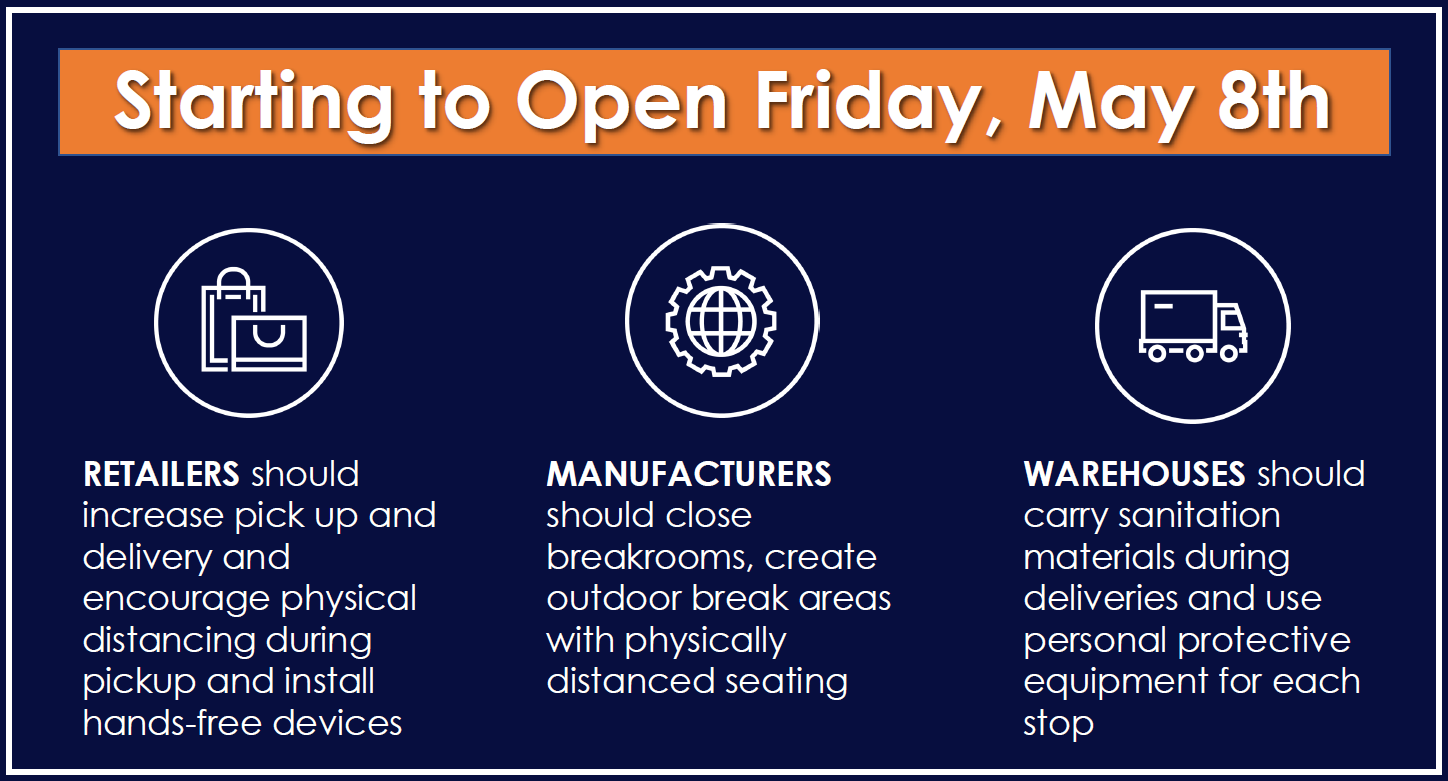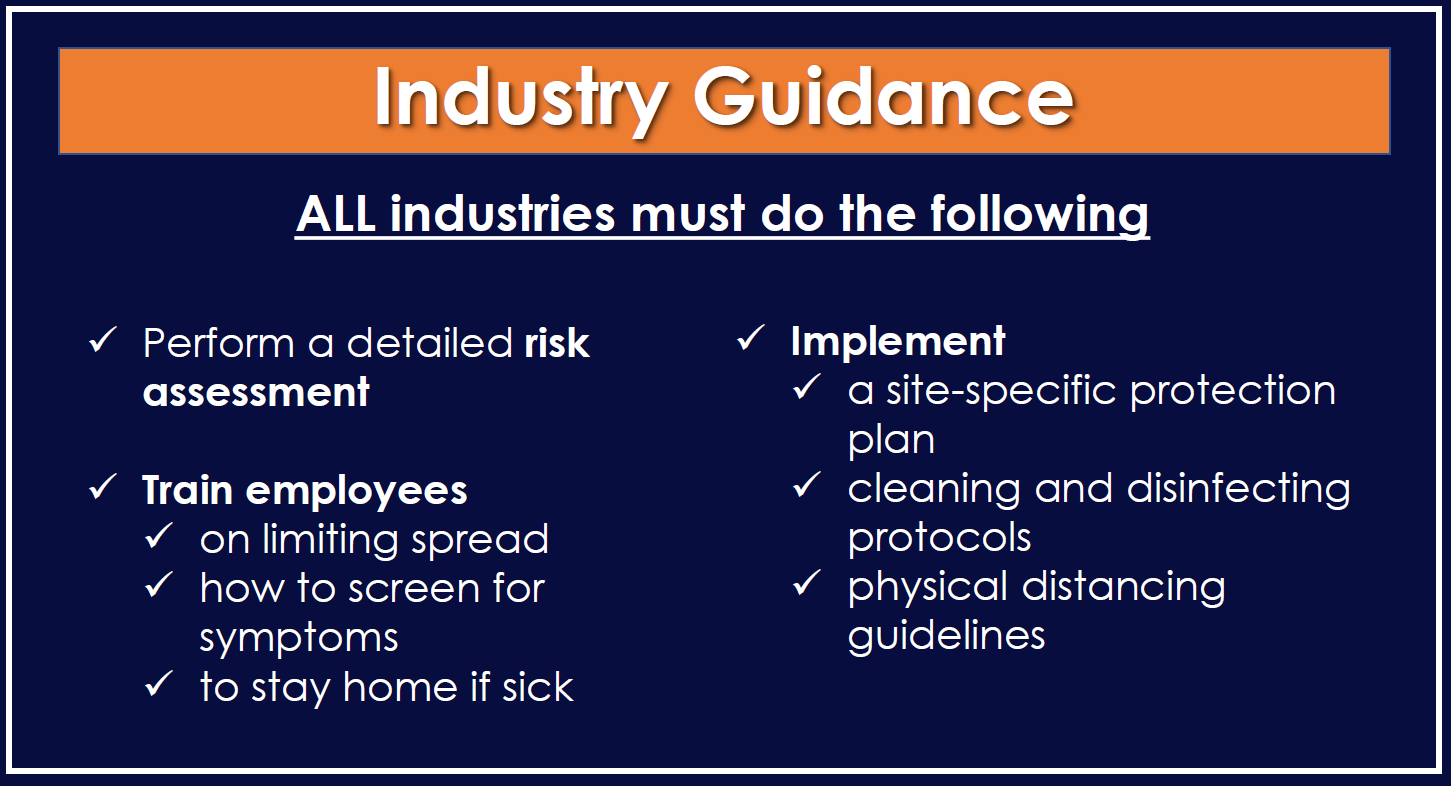New Criteria Effective May 8 as California Begins to Reopen
California’s current Shelter-in-Place state order is coming to an end this week as Governor Gavin Newsom prepares the state for a partial return to work. Additionally, the six Bay Area counties around San Francisco have now agreed to allow construction to resume.
This week the Governor announced a modification of the state’s Shelter-in-Place, thereby ending the order that has been in place since March 19. He further stated California needs to be able to reopen in a way to avoid any subsequent surge that harms more people and further delays economic recovery.
In outlining the criteria for Stage 2, the Governor indicated supply-side issues are just as important as issues around customer interface when it comes to restarting the state’s economy. Therefore, starting Friday, May 8, the state is only gradually reopening where risk is reduced for three types of businesses: retail, manufacturing, and logistics. These are the businesses needed to get products to local businesses to allow them to prepare to open in a manner that maintains physical distancing in order to not cause a resurgence in COVID-19 illnesses.
Below are the criteria for Stage 2:



All Construction Restrictions Eliminated
As CPSA has reported several times, the state’s Shelter-in-Place Order allowed all essential construction, which included swimming pools and spas. However, not all local public health offices agreed and instead implemented stricter local orders. This was particularly the situation that developed in the six counties around the City of San Francisco. Just this last week, these six counties modified their orders to allow for the resumption of construction so long as social distancing and worker protection protocols are maintained. The order was modified as follows:
“For purposes of this Order, individuals may leave their residence to provide any services or perform any work necessary to the operations and maintenance of “Essential Infrastructure,” including, but not limited to, construction (including business that supply raw materials, building products, components, pre-assembled systems, racking and support structures integral to construction), airport operations, water, sewer, flood control, gas, electrical, oil refining, roads and highways, public transportation, solid waste collection, processing and removal, internet, telecommunications systems (including the provision of essential global, national, and local infrastructure for computing services, business infrastructure, communications, and web-based services), and the permitting, inspection, construction, transfer and recording of ownership, of housing, property and anything incidental thereto, provided that they carry out those services or that work in compliance with Social Distancing Requirements as defined in this Section, to the extent possible.”